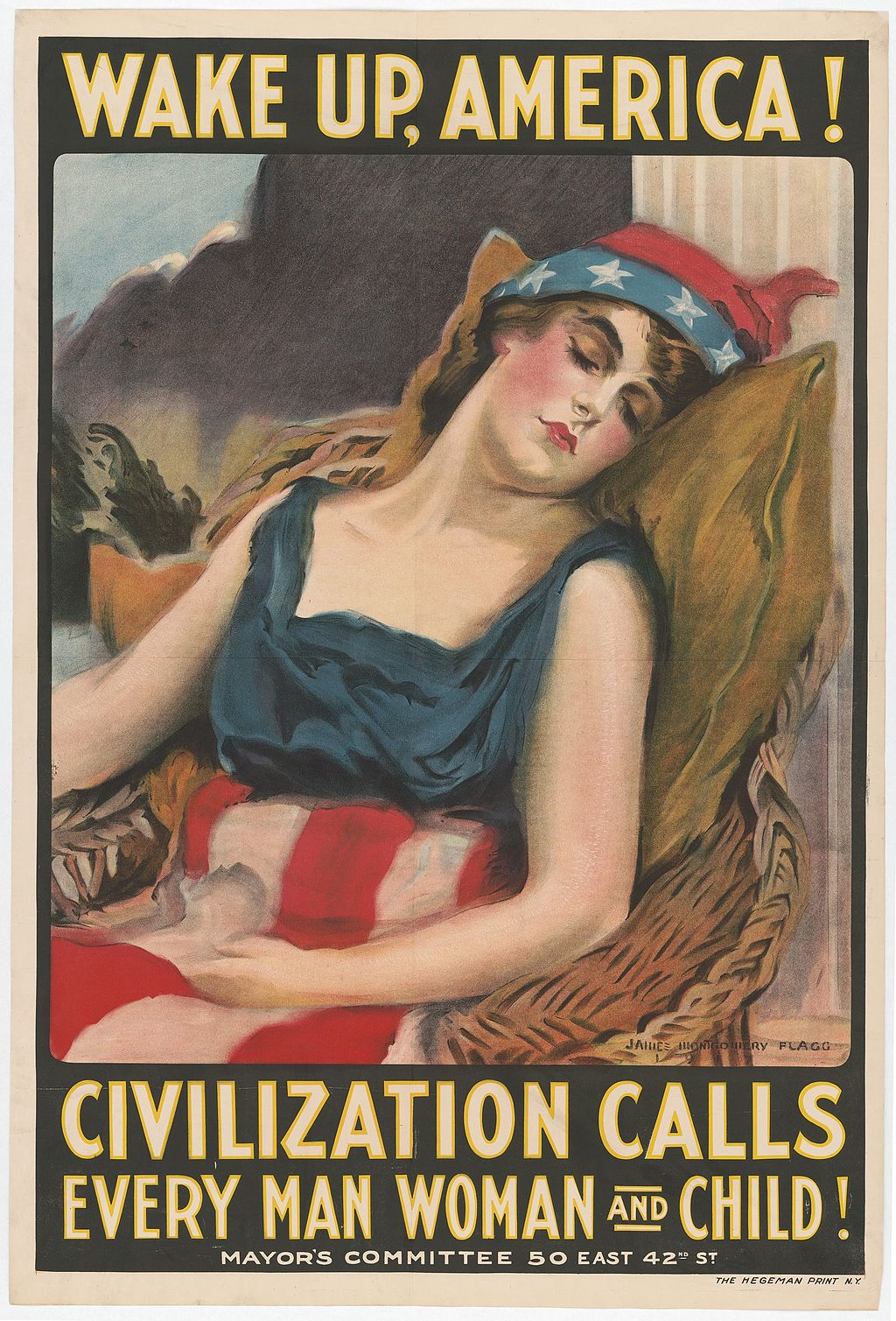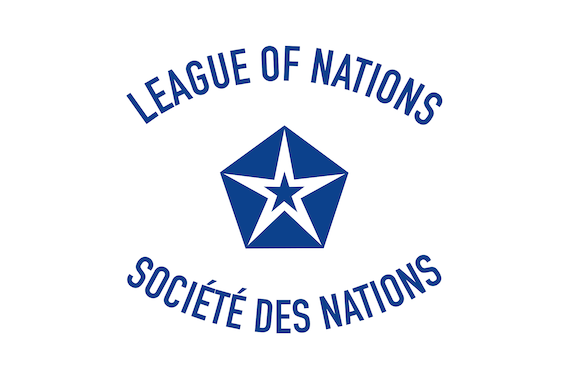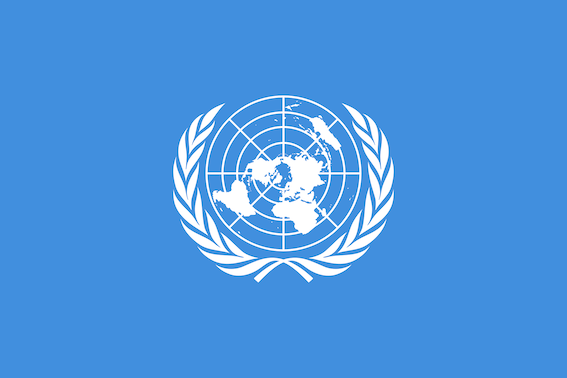
忘れる人のための国際関係論05:国際連合
International
Relation for Japanese Dummies: Introduction to United Nations

国際協調(アメリカ合衆国は、国際連盟の時代から「孤立主義(Isolationism)」の伝統 で、国際協調には昔から苦手な外交非協調の伝統があることも理解しよう!!)
●アメリカの歴代大統領(1909-1963)●共和党 / ●民主党
26th President of the United States(1901-1909), Theodore Roosevelt Jr., 1858-1919 ●共和党
"President Theodore Roosevelt's
administration is credited with inciting the Panamanian Revolt against
Colombia, completed November 1903, in order to secure construction
rights for the Panama Canal (begun in 1904).
President Woodrow Wilson was able to navigate neutrality in World War I
for about three years, and to win 1916 reelection with the slogan "He
kept us out of war." The neutrality policy was supported by the
tradition of shunning foreign entanglements, and by the large
population of immigrants from Europe with divided loyalties in the
conflict. America did enter the war in April 1917, however. Congress
voted to declare war on Germany, 373 to 50 in the House of
Representatives and 82 to 6 in the Senate.[9] Technically the US joined
the side of the Triple Entente only as an "associated power" fighting
the same enemy, not as officially allied with the Entente.[10]
A few months after the declaration of war, Wilson gave a speech to
Congress outlining his aims for conclusion of the conflict, labeled the
Fourteen Points. That American proclamation was less triumphalist than
the stated aims of some other belligerents, and its final point
proposed that a "general association of nations must be formed under
specific covenants for the purpose of affording mutual guarantees of
political independence and territorial integrity to great and small
states alike." After the war, Wilson traveled to Europe and remained
there for months to labor on the post-war treaty, longer than any
previous Presidential sojourn outside the country. In that Treaty of
Versailles, Wilson's "general association of nations" was formulated as
the League of Nations."-20th
century non-interventionism

"Wake Up America! Civilization Calls Every Man Woman and Child!" First World War US propaganda poster by James Montgomery Flagg. Columbia (personification of the United States of America) is seen resting in chair with eyes closed while smoke and flames arise on horizon. - United States non-interventionism.
US. Isolationism between the World Wars
"In
the wake of the First World War, the non-interventionist tendencies
gained ascendancy. The Treaty of Versailles, and thus, United States'
participation in the League of Nations, even with reservations, was
rejected by the Senate in the final months of Wilson's presidency.
Republican Senate leader Henry Cabot Lodge supported the Treaty with
reservations to be sure Congress had final authority on sending the
U.S. into war. Wilson and his Democratic supporters rejected the Lodge
Reservations,
The strongest opposition to American entry into the League of Nations
came from the Senate where a tight-knit faction known as the
Irreconcilables, led by William Borah and George Norris, had great
objections regarding the clauses of the treaty which compelled America
to come to the defense of other nations. Senator William Borah, of
Idaho, declared that it would "purchase peace at the cost of any part
of our [American] independence."[11] Senator Hiram Johnson, of
California, denounced the League of Nations as a "gigantic war
trust."[12] While some of the sentiment was grounded in adherence to
Constitutional principles, most of the sentiment bore a reassertion of
nativist and inward-looking policy.[13]
The United States acted independently to become a major player in the
1920s in international negotiations and treaties. The Harding
Administration achieved naval disarmament among the major powers
through the Washington Naval Conference in 1921–22. The Dawes Plan
refinanced war debts and helped restore prosperity to Germany, In
August 1928, fifteen nations signed the Kellogg–Briand Pact, brainchild
of American Secretary of State Frank Kellogg and French Foreign
Minister Aristide Briand.[14] This pact that was said to have outlawed
war and showed the United States commitment to international peace had
its semantic flaws.[15] For example, it did not hold the United States
to the conditions of any existing treaties, it still allowed European
nations the right to self-defense, and it stated that if one nation
broke the Pact, it would be up to the other signatories to enforce
it.[16] The Kellogg–Briand Pact was more of a sign of good intentions
on the part of the US, rather than a legitimate step towards the
sustenance of world peace.
The economic depression that ensued after the Crash of 1929, also
continued to abet non-intervention. The attention of the country
focused mostly on addressing the problems of the national economy. The
rise of aggressive expansionism policies by Fascist Italy and the
Empire of Japan led to conflicts such as the Italian conquest of
Ethiopia and the Japanese invasion of Manchuria. These events led to
ineffectual condemnations by the League of Nations. Official American
response was muted. America also did not take sides in the brutal
Spanish Civil War."- Isolationism between the World Wars.

国際連盟(Leage of Nations, 1920-1945)
"The League of Nations, abbreviated as LON[1] (French: Société des Nations [sɔsjete de nɑsjɔ̃], abbreviated as SDN or SdN), was the first worldwide intergovernmental organisation whose principal mission was to maintain world peace.[2] It was founded on 10 January 1920 following the Paris Peace Conference that ended the First World War, and ceased operations on 20 April 1946. The organisation's primary goals, as stated in its Covenant, included preventing wars through collective security and disarmament and settling international disputes through negotiation and arbitration.[3] Other issues in this and related treaties included labour conditions, just treatment of native inhabitants, human and drug trafficking, the arms trade, global health, prisoners of war, and protection of minorities in Europe.[4] The Covenant of the League of Nations was signed on 28 June 1919 as Part I of the Treaty of Versailles, and it became effective together with the rest of the Treaty on 10 January 1920. The first meeting of the Council of the League took place on 16 January 1920, and the first meeting of Assembly of the League took place on 15 November 1920. In 1919 U.S. president Woodrow Wilson won the Nobel Peace Prize for his role as the leading architect of the League. The diplomatic philosophy behind the League represented a fundamental shift from the preceding hundred years. The League lacked its own armed force and depended on the victorious First World War Allies (France, the United Kingdom, Italy and Japan were the permanent members of the Executive Council) to enforce its resolutions, keep to its economic sanctions, or provide an army when needed. The Great Powers were often reluctant to do so. Sanctions could hurt League members, so they were reluctant to comply with them. During the Second Italo-Ethiopian War, when the League accused Italian soldiers of targeting International Red Cross and Red Crescent Movement medical tents, Benito Mussolini responded that "the League is very well when sparrows shout, but no good at all when eagles fall out."[5] At its greatest extent from 28 September 1934 to 23 February 1935, it had 58 members. After some notable successes and some early failures in the 1920s, the League ultimately proved incapable of preventing aggression by the Axis powers in the 1930s. The credibility of the organization was weakened by the fact that the United States never joined the League and the Soviet Union joined late and was soon expelled after invading Finland.[6][7][8][9] Germany withdrew from the League, as did Japan, Italy, Spain and others. The onset of the Second World War showed that the League had failed its primary purpose, which was to prevent any future world war. The League lasted for 26 years; the United Nations (UN) replaced it after the end of the Second World War and inherited several agencies and organisations founded by the League." - The League of Nations
ヴェルサイユ条約(1919)——第一次大戦のパリ講和条約、1920年に批准
W・ウィルソン米大統領

国際連合
"The United Nations
(UN) is an
intergovernmental organization that aims to maintain international
peace and security, develop friendly relations among nations, achieve
international cooperation, and be a centre for harmonizing the actions
of nations.[2] It is the largest, most familiar, most internationally
represented and most powerful intergovernmental organization in the
world.[3] The UN is headquartered on international territory in New
York City, with its other main offices in Geneva, Nairobi, Vienna, and
The Hague.
The UN was established after World War II with the aim of preventing
future wars, succeeding the ineffective League of Nations.[4] On 25
April 1945, 50 governments met in San Francisco for a conference and
started drafting the UN Charter, which was adopted on 25 June 1945 and
took effect on 24 October 1945, when the UN began operations. Pursuant
to the Charter, the organization's objectives include maintaining
international peace and security, protecting human rights, delivering
humanitarian aid, promoting sustainable development, and upholding
international law.[5] At its founding, the UN had 51 member states;
with the addition of South Sudan in 2011, membership is now 193,
representing almost all of the world's sovereign states.[6]
The organization's mission to preserve world peace was complicated in
its early decades by the Cold War between the United States and Soviet
Union and their respective allies. Its missions have consisted
primarily of unarmed military observers and lightly armed troops with
primarily monitoring, reporting and confidence-building roles.[7] UN
membership grew significantly following widespread decolonization
beginning in the 1960s. Since then, 80 former colonies have gained
independence, including 11 trust territories that had been monitored by
the Trusteeship Council.[8] By the 1970s, the UN's budget for economic
and social development programmes far outstripped its spending on
peacekeeping. After the end of the Cold War, the UN shifted and
expanded its field operations, undertaking a wide variety of complex
tasks.[9]
The UN has six principal organs: the General Assembly; the Security
Council; the Economic and Social Council (ECOSOC); the Trusteeship
Council; the International Court of Justice; and the UN Secretariat.
The UN System includes a multitude of specialized agencies, funds and
programmes such as the World Bank Group, the World Health Organization,
the World Food Programme, UNESCO, and UNICEF. Additionally,
non-governmental organizations may be granted consultative status with
ECOSOC and other agencies to participate in the UN's work.
The UN's chief administrative officer is the Secretary-General,
currently Portuguese politician and diplomat António Guterres, who
began his five year-term on 1 January 2017. The organization is
financed by assessed and voluntary contributions from its member
states.
The UN, its officers, and its agencies have won many Nobel Peace
Prizes, though other evaluations of its effectiveness have been mixed.
Some commentators believe the organization to be an important force for
peace and human development, while others have called it ineffective,
biased, or corrupt." - https://en.wikipedia.org/wiki/United_Nations.
太平洋憲章(1941)→米英ソ外相会議(1943)
ダンバートン・オークス会議(1944)
ヤルタ会談(1945):ルーズベルト、チャーチル、スターリン
サンフランシスコ会議(1945年6月)国際連合憲章への調印(戦勝50カ国)
1956年日本の加盟(1952年サンフランシスコ・対日講和条約)
国連総会
通常総会、特別総会、緊急特別総会
安全保障理事会
常任理事国:米国、ロシア、イギリス、フランス、中国
非常任理事国:10カ国(任期2年)
安保理議決(3/5つまり9カ国以上の賛成と、常任理事国の反対がないという条件——拒否権)
経済社会理事会
信託統治理事会
国連事務局
国連事務総長
その他の国連機関:UNICEF,UNHCR,UNDPなど
国際司法裁判所
国連専門機関
国際労働機関(ILO)
国連教育科学文化機関(UNESCO)
世界保健機関(WHO)
国連食糧農業機関(FAO)
世界知的所有権機構(WIPO)
平和維持活動
国連による制裁(軍事的制裁、非軍事的制裁)
国連軍
多国籍軍
PKO, Peace Keeping Operation
停戦監視団
平和維持軍 PKF F=force
日本の平和維持活動
PKO協力法(PKO五原則:紛争当事者間の合意、我が国派遣に対する紛争当事国と周辺国の同意、中立性の維持、撤収の可能性、小火器の携 行[2001年武器携行の緩和])
国際協調
国連人間環境会議(1972)から国連環境計画(UNEP)へ
国連環境開発会議(1992)「地球サミット」
温暖化防止条約(気候変動枠組条約):気候変動枠組条約締結国会議(COP, 1995-)、COP3では京都議定書(1997)2001年運用ルール合意と2005年の議定書の発効
人権問題
世界人権宣言(1948)
国際人権規約:A規約(社会経済文化)とB規約(市民権と政治的権利)1976年発効
人種差別撤廃条約:人種差別撤廃宣言(1963)を経て、1965年締結。1973年アパルトヘイト犯罪防止条約
女子差別撤廃条約(1979):女子差別撤廃宣言(1967年)→日本・男女雇用機会均等法(1985年)
難民(refugee)
定義:人種・宗教・国籍・政治的信条などが原因で、自国政府から迫害を受けるおそれがあるために、国外にのがれたもの(「難民条約」に よる定義で、広義の政治難民に相当)
政治難民、避難民、国内難民、経済難民など
難民条約(1951年)
国連難民高等弁務官(UNHCR)
【練習問題】
参考文献
高瀬淳一 編、2005『20日間で学ぶ国際関係の基礎[改訂版]』東京:実務教育出版